Change in Employment Status Letter Template
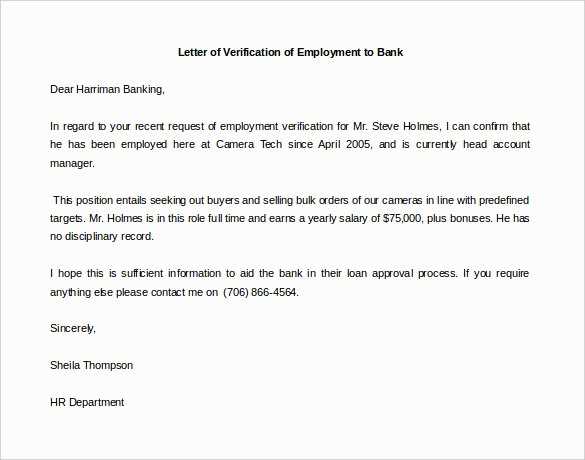
When an individual’s position within a company shifts, it’s essential to communicate the update in a professional and clear manner. Proper documentation ensures both parties are on the same page, minimizing confusion. A well-crafted message can help formalize the transition and provide a record for future reference.
Creating a structured document to inform the recipient about a role alteration can help maintain clarity. It serves as an official record, detailing the reasons for the change, the effective date, and other relevant details. This type of communication can be crucial for maintaining a positive relationship between employer and employee.
In this guide, we will explore how to create a formal document that conveys these important updates. We will cover essential components to include, tips for structure, and how to avoid common pitfalls that may compromise the clarity or tone of the communication.
Why Clear Communication is Essential
Effective communication is crucial in any workplace, especially when there are adjustments to an individual’s role or responsibilities. A well-structured notification ensures both the employee and employer understand the details of the modification. This document serves as a formal acknowledgment, preventing potential misunderstandings.
When roles or job duties are altered, it is necessary to convey the information clearly to ensure all parties are aligned. This kind of communication provides both a reference point and a professional approach to transitioning between positions. Here’s why it’s essential:
- Clarity: It helps clarify the new position or responsibility, reducing confusion.
- Professionalism: A formal approach shows respect for the individual and the organization.
- Record Keeping: It provides a documented account of the changes, useful for future reference.
- Legal Protection: Properly formatted documents can protect both parties in case of disputes.
Understanding the importance of these communications ensures smoother transitions and reinforces trust and transparency in the workplace. It’s an essential tool for maintaining a professional environment during times of adjustment.
Why You Might Need a Status Update
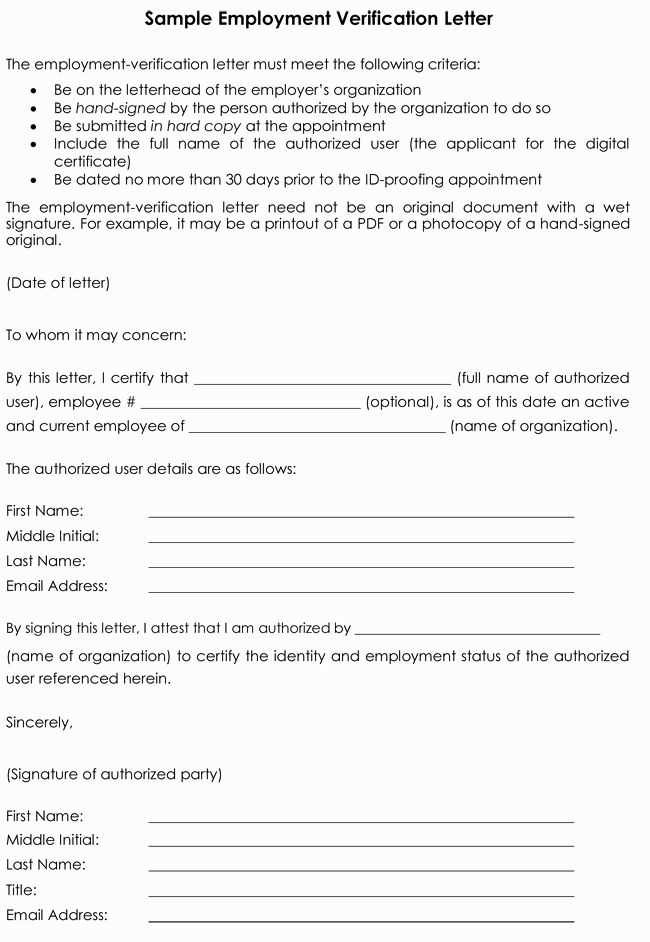
There are several situations where updating an individual about modifications to their role is necessary. Whether it’s a promotion, a shift in responsibilities, or a temporary adjustment, clear communication is key. These updates help ensure that everyone is on the same page regarding expectations and future actions.
Providing a formal notice can also help clarify the new terms of an individual’s position, which is essential for both personal and professional growth. It serves as an official document that outlines the specifics, offering transparency for both the employer and the employee.
In some cases, these notifications are legally required to ensure compliance with company policies or labor laws. Additionally, it helps prevent any potential misunderstandings about job duties, work hours, or compensation that could arise without proper documentation.
Key Elements to Include in the Letter
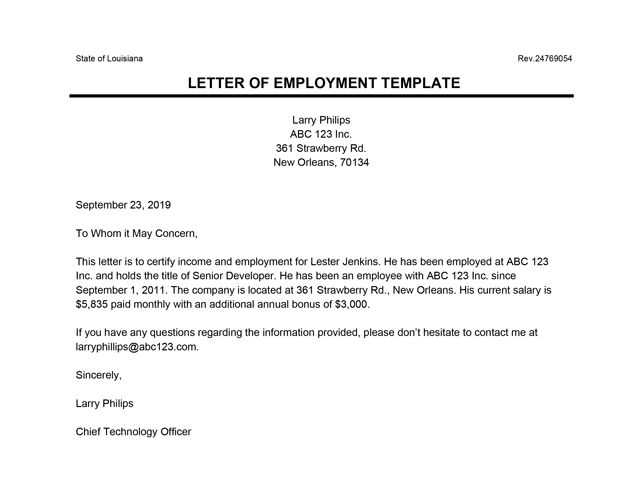
When composing a formal document regarding a change in role, it’s important to include certain details to ensure clarity and professionalism. These elements not only make the communication more effective but also provide both parties with essential information for reference.
Essential Information
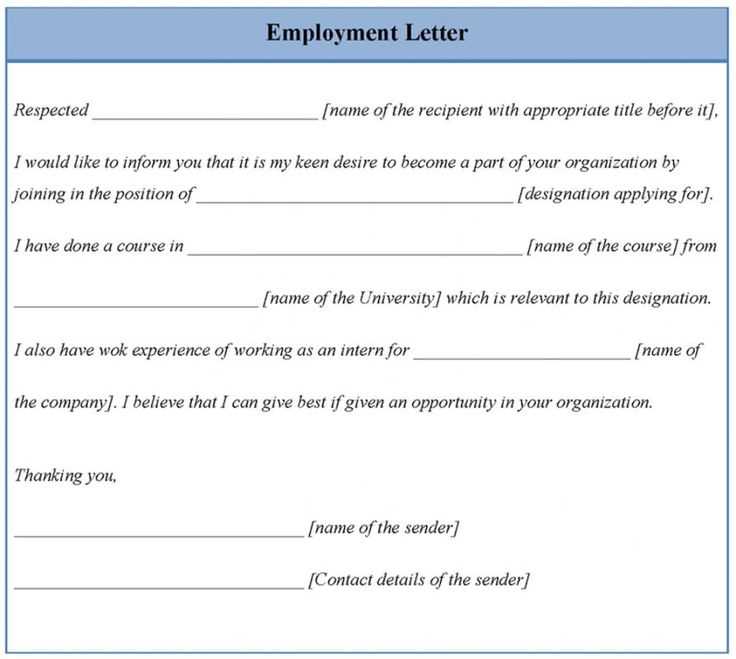
Every notification should clearly outline the main points related to the modification, including the specifics of the change and how it will impact the individual. The following elements should be included:
- Reason for the Update: Briefly explain why the adjustment is happening, whether due to a promotion, departmental shift, or temporary reassignment.
- Effective Date: Clearly specify when the change will take effect to avoid any confusion.
- New Role and Responsibilities: Detail the new duties and expectations that come with the modification.
- Compensation Details: If applicable, include any adjustments to pay, benefits, or other compensatory factors.
- Contact Information: Provide details of who to contact for further clarification or questions regarding the change.
Tone and Formatting
It’s important to maintain a formal and respectful tone throughout the communication. Proper formatting, such as clear paragraphs, bullet points, and headings, ensures that the message is easy to read and understand.
How to Properly Format the Letter
Proper formatting plays a crucial role in ensuring that your message is clear, professional, and easy to follow. A well-organized document enhances readability and ensures the recipient can quickly grasp the key details of the update. By using a clean and structured layout, you ensure that the communication is effective and formal.
The following formatting guidelines can help you create a polished and professional document:
- Use a Professional Header: Include your name, title, and contact details at the top, followed by the recipient’s name, title, and company information.
- Be Clear with the Introduction: Start with a formal greeting and a concise statement about the purpose of the communication.
- Body Structure: Break the content into clear sections with headings or bullet points for each key piece of information, such as the reason for the update and the new terms.
- Keep the Tone Formal and Respectful: Ensure that the language used reflects professionalism and courtesy throughout the document.
- Conclude with a Call to Action: End with a polite closing, offering further clarification if needed, and providing contact details for follow-up questions.
By following these formatting practices, you can create a well-organized and effective document that communicates the necessary information in a professional manner.
Common Mistakes to Avoid When Writing
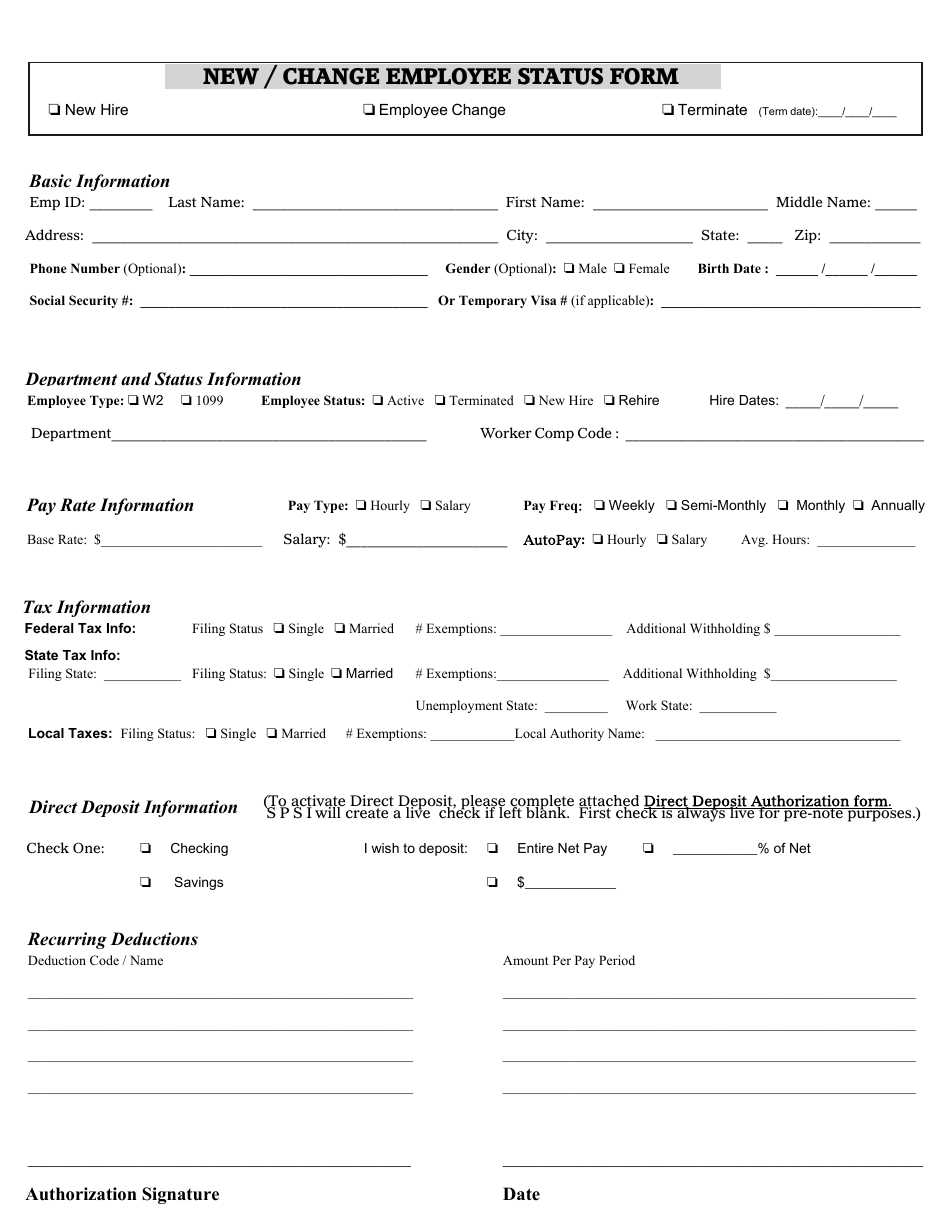
When drafting a formal communication regarding a shift in roles, it’s important to avoid certain pitfalls that can undermine the professionalism and clarity of the document. Ensuring accuracy and a respectful tone throughout the message can prevent potential confusion or issues down the line. Here are some common mistakes to be aware of:
Common Writing Errors
Below are some typical mistakes people make when creating such communications and how to avoid them:
| Mistake | Why to Avoid | How to Prevent |
|---|---|---|
| Unclear Purpose | Failing to clearly explain the reason for the update may cause confusion. | Start with a concise introduction stating the purpose of the communication. |
| Using Informal Language | Informal language can make the document appear unprofessional. | Maintain a formal tone and avoid casual expressions or slang. |
| Omitting Important Details | Not including crucial information like the effective date or role changes can lead to misunderstandings. | Be thorough in providing all necessary details in a clear and organized manner. |
| Overcomplicating the Message | Long-winded or overly complex sentences can make the message hard to understand. | Keep sentences concise and to the point, using simple language. |
| Forgetting Contact Information | Leaving out contact details makes it difficult for the recipient to follow up if needed. | Always include your contact information and a clear method for follow-up. |
Final Tips
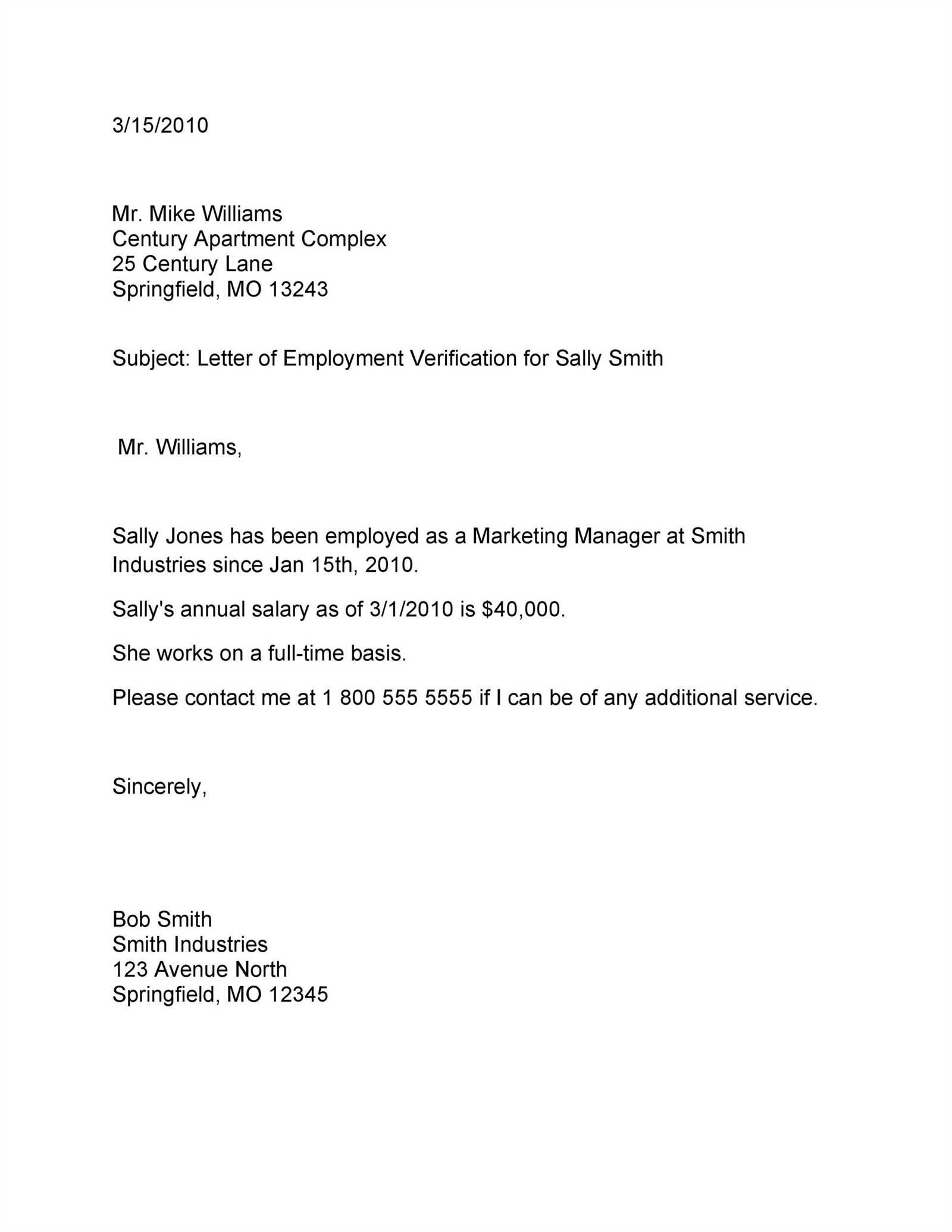
Avoiding these mistakes will help ensure your communication is clear, respectful, and professional. By carefully reviewing your message before sending, you can ensure that it serves its purpose effectively and avoids potential issues.
Examples of Employment Status Changes
In a formal document, there are various ways to communicate a shift in a person’s role or work arrangements. The nature of the change may differ depending on the specific circumstances, such as a promotion, a shift in duties, or a change in working hours. Below are some examples that illustrate how such updates can be clearly communicated.
Example 1: Promotion
When an individual is promoted within the organization, it is important to highlight the new position and responsibilities. A clear description of the new role, along with any associated benefits, should be provided.
Dear [Employee's Name],
We are pleased to inform you that effective [date], you have been promoted to the position of [New Position]. Your new responsibilities will include [brief description of the new tasks].
Congratulations on this well-deserved recognition of your hard work and dedication!
Sincerely,
[Your Name]
[Company Name]Example 2: Shift in Work Hours
If the work schedule is being adjusted, it’s important to specify the new hours, ensuring clarity regarding the start and end times. This update is often used when the company requires employees to work different hours or even remotely.
Dear [Employee's Name],
Starting [date], your work hours will be adjusted to [new work hours]. This change will allow for better coverage and flexibility within the department.
Please reach out if you have any questions regarding this adjustment.
Best regards,
[Your Name]
[Company Name]Example 3: Role Transition
When an employee transitions to a different role or department, a brief explanation of the new position and expectations is necessary. This ensures that the employee understands the shift in responsibilities and goals.
Dear [Employee's Name],
We are excited to announce that you will be transitioning to the role of [New Role] within the [New Department], effective [date]. In your new position, you will be responsible for [description of new duties].
We look forward to your continued success in this new chapter of your career!
Sincerely,
[Your Name]
[Company Name]These examples provide a starting point for drafting formal communications about any changes related to an individual’s professional situation. Tailoring the message to fit the specific change and maintaining a professional tone ensures that the communication is well-received.
Best Practices for Sending Employment Documents
Sending formal communications regarding shifts in a person’s role or responsibilities requires careful attention to detail. It is essential that these messages are sent in a professional manner, ensuring clarity and proper documentation. By following key practices, you can ensure that these important updates are communicated effectively and respectfully.
1. Use Official Channels
Whenever possible, use company-approved email addresses or platforms to send the documents. This ensures that the message is sent securely and is received by the correct recipient. Additionally, it adds a level of professionalism and helps maintain an official record of communication.
2. Confirm Receipt
It is important to confirm that the recipient has received the communication. A follow-up email or a read receipt feature can be used to verify that the document was successfully delivered and reviewed. This step prevents any miscommunication and ensures that both parties are on the same page.
3. Maintain Professional Tone
When composing the document, always maintain a formal and courteous tone. Even if the message contains difficult or sensitive information, it is important to remain respectful and clear. This helps foster a positive relationship between the sender and recipient, even in the face of potentially challenging news.
4. Keep It Clear and Concise
Ensure that the message is straightforward and easy to understand. Avoid using jargon or overly complex language. A concise message that highlights key details, such as the date of the change, the nature of the update, and any next steps, is most effective in ensuring that the recipient fully understands the situation.
5. Document and Store Copies
After sending the document, make sure to store a copy for your records. This serves as proof of communication in case any questions or disputes arise in the future. Keeping a detailed record also makes it easier to refer back to the document if needed for any follow-up actions.
6. Personalize When Appropriate
While it’s important to maintain a formal tone, taking the time to personalize the message can make a big difference. Including the recipient’s name and acknowledging their contributions or specific role in the organization can make the communication feel more sincere and thoughtful.
By following these best practices, you can ensure that any formal communication related to role changes or updates is handled with care, professionalism, and respect. This not only maintains the integrity of the organization but also contributes to a positive work environment.